Mass Plywood Panel Product Development Testing
Research Team:
Arijit Sinha
Project Duration:
2016-2019
Abstract
In August 2017 the TallWood Design Institute began phase two of testing an innovative engineered wood product- the mass plywood panel (MPP)-for Freres Lumber Company in Lyons, Oregon. The concept for the new product was developed during a 2015 technical tour to mass timber facilities in Austria, led by the OSU College of Forestry. A first round of testing in 2016 focused on helping Freres Lumber Company identify the most appropriate lay-up pattern, and Sinha and his team then tested an optimized layup at different thicknesses that would eventually be taken to market. Phase two includes bending tests to investigate the strength and stiffness of the product. Later, connections, acoustic performance characteristics and a rocking shear wall application of the product will also be tested. MPP, like CLT, can be used as a substitute for traditional building materials, providing much lower embodied energy and greater carbon sequestering properties than concrete and steel. Freres says that some advantages of MPP are that it uses 20-30 percent less wood than CLT. Large-format panels can be manufactured at the production facility in order to minimize waste and labor on job sites. The light weight of the panels can help save on transportation costs and logistics during construction
Research Details
Bending Tests
Bending tests verify the performance of MPP in a horizontal application such as a beam or slab element. The span tests determine MOE (modulus of elasticity) and MOR (modulus of rupture, bending strength) for MPP. They show failure progression – where the stresses are going and how the panel is responding to the loads. Short span tests provide data on the shear properties of MPP. Shear loads tend to produce a sliding failure on material parallel to the direction of the force.
Dowel Bearing Tests
Dowel bearing test results are used to analyze the crushing behavior of wood or wood- composite products beneath a fastener. The data obtained can be used to establish design values for wood-based connections.
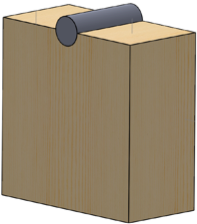
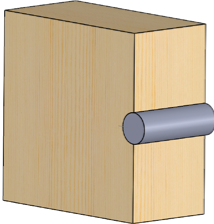
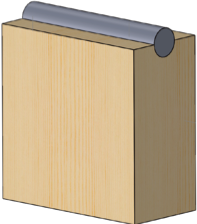
Withdrawal Tests
Withdrawal testing quantifies the capacity of MPP to hold in a nail or screw. Together with the dowel bearing test results, this baseline data will also inform the development of connections for MPP systems.
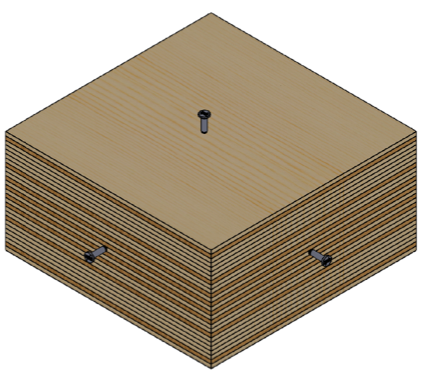
Connection Tests
The connection testing examined how wall-to- oor connections perform. Tests focused on three common connector types: ABR 105, HGA10KT (an L-shaped bracket) and self- tapping screws. Two di erent types of loading – monotonic (single, consistent force) and cyclic (cycles of up and down forces) were used. The tests were performed in four different directions depending on the grain.
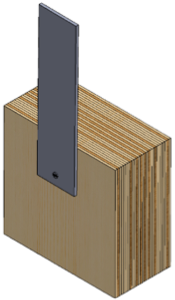
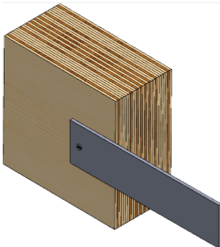
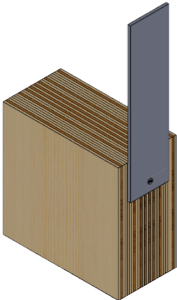
Results and Resources
All of the testing creates a bank of performance data for MPP for typical wall to door applications. At least initially, buildings utilizing MPP will go through a performance- based design permitting process. The data can be included in the structural engineer’s models to verify the estimated performance of each project that is built with MPP.
Once on the market, MPP, like CLT, can be used as a substitute for traditional building materials, providing much lower embodied energy and greater carbon sequestering properties than concrete and steel. Freres says that some advantages of MPP are that
it uses 20-30 percent less wood than CLT, large panels can be manufactured at the production facility in order to minimize waste and labor on job sites, and the light weight of the panels can help save on transportation costs and logistics during construction.

